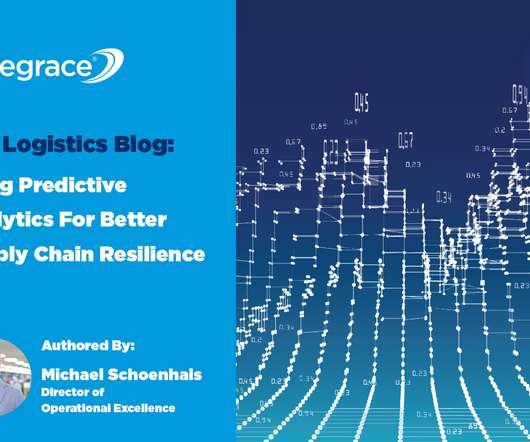Using Predictive Analytics For Better Supply Chain Resilience
Blue Grace Logistics
JULY 27, 2021
Simple Examples of Predictive Analytics. Amazon shopping is a clear example of how your historical shopping trends are churned to predict what you would require in the future. Many such tools are tailored to meet the needs of specific enterprises. Check out our July Webinar! Predictive analytics is used in every industry.













Let's personalize your content